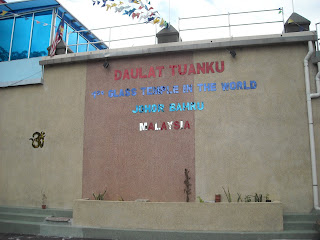RE: 3RD BIENNIAL GENERAL MEETING
13th JUNE 2010: 4 pm
NOTICE of our THIRD BIENNIAL GENERAL MEETING is hereby given. Venue,
Date and Time details are as below. All the members are invited to attend
this once in two years meeting. You are advised to have your memberships
paid to-date. (See foot-note). The Agenda is as follows.
Date: 13th June 2010 (Sunday) Time: 4pm
Venue: "KELAB COBRA" premises.
Address: Off Jalan Utara, Petaling Jaya.
Plenty of car park space is available
AGENDA
3.30pm -4pm: Arrival of members; Officials
Registrations.
4pm: Welcome Address by Chairman.
Address by National President
or his representative.
Proceedings:
(1) To receive and adopt Minutes of the Second Biennial Meeting
Minutes held on 3rd August, 2008.
(2) Receive and adopt the audited accounts for term Aug 2008 to
June 2010.
(3) To elect by secret ballot, the office bearers for the fourth term
starting 14th June and covering the 2010 to 2012 term.
(a) A Chairman (b) A Vice Chairman
(c) An Hon Secretary (d) An Asst Hon Secretary
(e) A Treasurer
(f) At least six, but not more than ten council members
(g) A Chairperson or Vice Chairperson or Hon Secretary for the women's sectrion
(h) A Chairperson or Vice Chairperson or Hon Secretary for the youth section.
(i) 2 Internal Auditors.
(4) To elect delegates to Biennial Central assembly
(one delegate per 25 members)
(5) To make nominations for the office bearers of the Central Executive Council.
(6) Reports/Other matters.
Thank You
A. Theiviendran PPN
Hon Secretary
www.facebook.com/mccsripetaling could be of interest to you.
www.facebook.com/mccsripetaling could be of interest to you.










